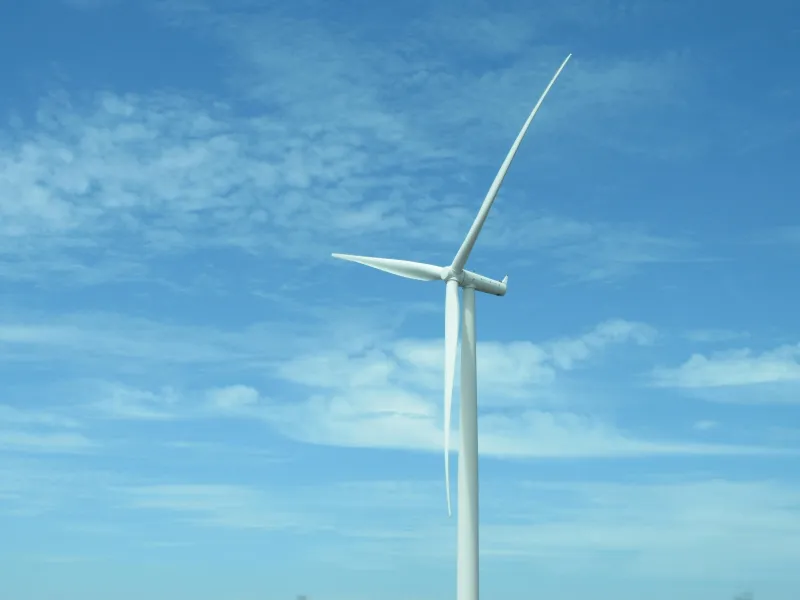
Key Details About the Aurora Green Offshore Wind Project
Iberdrola Australia has taken a significant step forward in its renewable energy ambitions with the approval of its feasibility-stage Management Plan for the 3 gigawatt Aurora Green Offshore Wind Project. This development marks an important milestone in the project's journey toward becoming a major source of clean energy for the region.
The project is located more than 25 kilometers off the coast of Ninety Mile Beach in Gippsland, Victoria. It is expected to play a crucial role in meeting the growing demand for sustainable power in Australia. According to Iberdrola, the project will be followed by the initiation of metocean studies within the feasibility licence area. These studies are essential for understanding the environmental conditions that could impact the project’s design and implementation.
As part of these studies, the company plans to deploy several key instruments. A floating light detection and ranging (LIDAR) buoy, a wave buoy, and a seabed frame will be installed. These tools will collect critical data on wind patterns, wave activity, and oceanographic conditions. The installation is scheduled to take place in mid to late July, with the aim of gathering comprehensive information to support the planning and design of the wind farm.
The data collected from these instruments will be vital for ensuring the project's success. It will help engineers and planners make informed decisions about the placement and design of the wind turbines, as well as assess any potential environmental impacts. This phase of the project is a crucial step in determining the long-term viability of the wind farm.
Once the feasibility studies are complete, the next phase of the project will involve detailed engineering and environmental assessments. These steps are necessary to secure the required regulatory approvals and ensure that the project meets all safety and sustainability standards.
According to Iberdrola, the Aurora Green Offshore Wind Project has the potential to generate up to 3 gigawatts of clean energy. This amount of power is enough to supply around 2.25 million households. The project is expected to consist of up to 150 wind turbines, each contributing to the overall energy output.
The first phase of the project, which is estimated to be approximately 1 gigawatt in capacity, is subject to further approvals. If all goes according to plan, this initial phase could become operational by 2032. This timeline reflects the complexity of large-scale renewable energy projects, which require extensive planning, consultation, and regulatory compliance.
The Aurora Green Offshore Wind Project represents a major investment in Australia’s renewable energy sector. It aligns with global efforts to reduce carbon emissions and transition toward cleaner sources of power. By harnessing the strong winds over the ocean, the project aims to provide a reliable and sustainable energy source for years to come.
In addition to its environmental benefits, the project is expected to create jobs and stimulate economic growth in the region. From construction and installation to ongoing maintenance and operation, the wind farm will contribute to the local economy throughout its lifecycle.
Overall, the Aurora Green Offshore Wind Project is a promising initiative that highlights the potential of offshore wind energy in Australia. With careful planning and execution, it could serve as a model for future renewable energy developments in the country.
Post a Comment